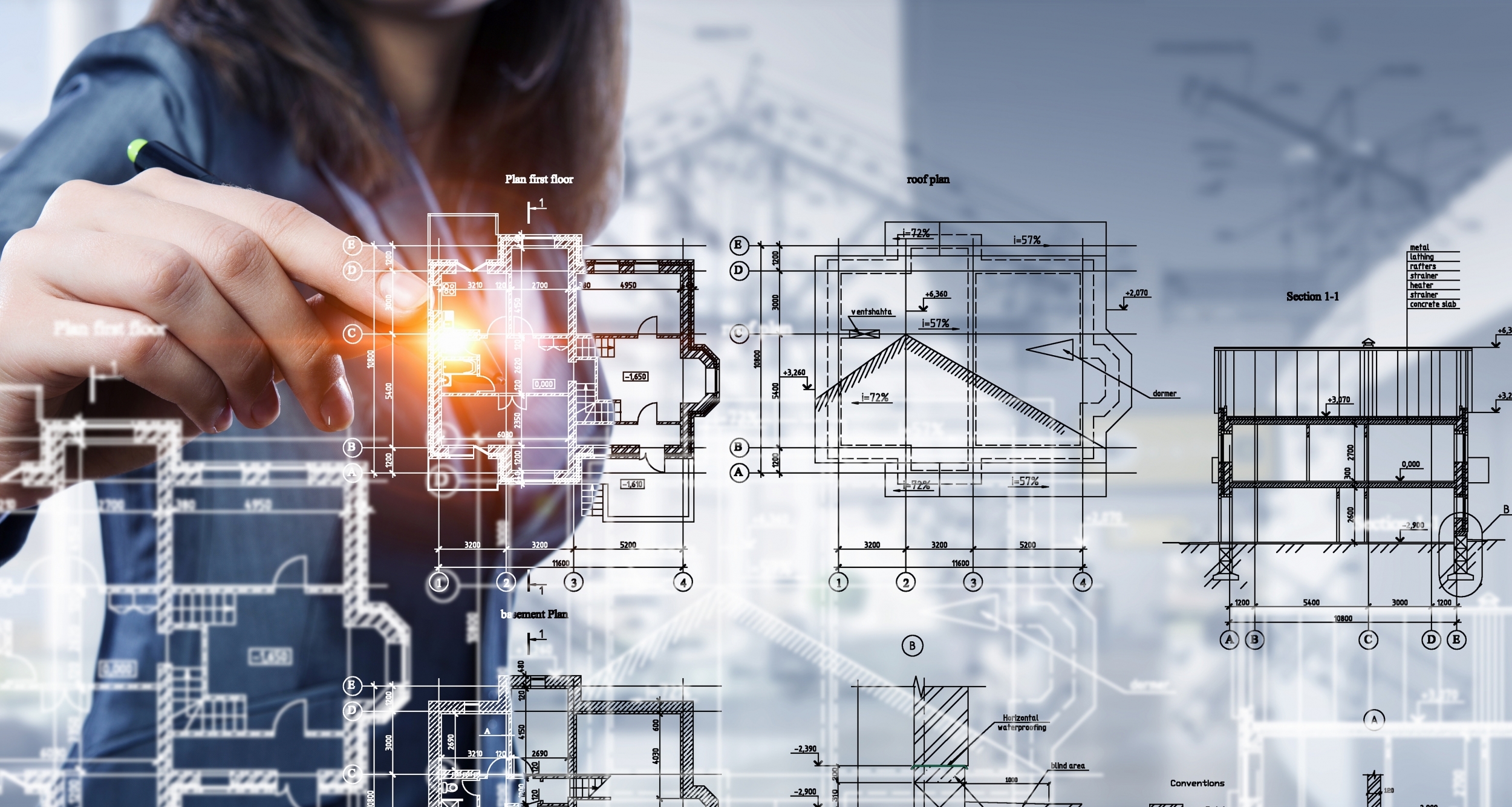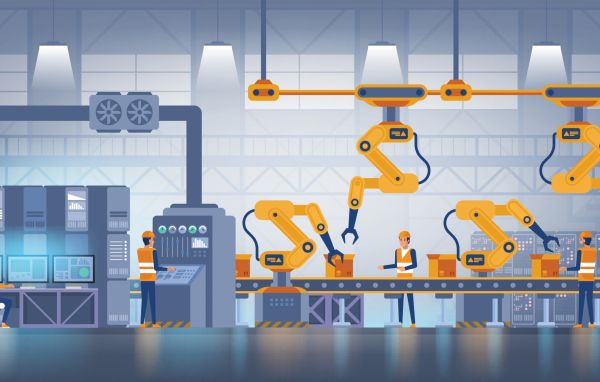Cable design considerations for the digital building
Explore the concept of the automated smart building and learn about complex Building Automation Systems (BAS) being developed. The migration towards an automated future has created many opportunities for most industries, such as easy remote working and stock control. However, this comes the added increase in the demand for data and reliable infrastructure. Regulatory bodies are constantly identifying the need for this and in turn developing the standards to align with this growth.
Automated devices are being adopted in nearly all industries, for example, smart machinery in factories or smart sorting equipment in warehouses such as Amazon, all with the capability to operate remotely. Cabling infrastructures are being exposed to many different environments highlighting the importance of both mechanical, ingress, chemical and electrical mechanical, ingress, chemical, electromagnetic (MICE) testing, and fire performance testing to simulate environmental surroundings and ensure systems can still perform to the regulatory standard.
The industry has discussed the concept of the digital, or intelligent, building since the mid-1980s. Building automation is the automatic, centralised control of a building's electrical, lighting, access control, security systems, and other interrelated systems through building management or BAS system. The Internet of Things (IoT) is already having an impact upon the BAS market with solutions providers increasingly developing Internet Protocol (IP) enabled devices, running over Ethernet, to replace the traditional equipment and Fieldbus cabling.

Smart building technology now allows entire cities to run in sync with zero human interference
Smart building innovation and growth
The push to realise the digital building concept and the potential benefits revolve around user comfort and simplifying processes. Smart technologies help to automate many building functions that humans many normally perform. Many devices handle the operations themselves, using sensors and artificial intelligence autonomy to make decisions on their own. Nearly every building function can benefit from this, for example security and surveillance systems can lock and unlock doors, energy management systems can turn lights on or off, and raise or lower building temperatures. Some of these innovations are already in use today, then can result in lower staff and payroll numbers, reduce human error, and most importantly reduce carbon dioxide emissions. The various automation systems that form the BAS systems are at the core of the digital building concept and are what allow this innovation to prosper.
Standards development
Regulatory bodies, such as the IEEE, have identified the need to optimise, develop communication platforms and enhance existing standards to support the migration to BAS systems. At the cabling level ISO/IEC has implemented changes to the following standards in a bid to tackle the challenges within the BAS environment:
- ISO/IEC 11801-1: is the standard for information technology, generic cabling for customer premises, covering link and channel applications. It also specifies a new series of single pair components to support the delivery of the single pair application. Within it, there are three new classes of single pair cabling, ranging from 20 MHz to1250 MHz applications. Within BAS environments single pair ethernet (SPE) cabling is currently favoured due to its flexibility and lightweight characteristics.
- ISO/IEC 11801-6: recommends a minimum Category 6 A cable within the service distribution segment for both existing and emerging applications. In doing so it aims to provide the longest cable lifecycle potential and ensures structures can support ongoing Wi-Fi data rates, which are also set to increase within BAS systems as automated device usage grows.
- IEC 61156: supports new channel infrastructure and within it, four new standards have been introduced. It includes both horizontal and work area cables ranging from 20 MHz to 600 MHz. The standard mainly accommodates single pair ethernet (SPE). SPE cables are anticipated to be used more within BAS environments to support progression, as they save around 25% more space within a cable tray and respectively offer a 50% reduction in cable weight, allowing automation in all areas of the building.

The design considerations when implementing smart building technology are in-depth and highly complex
The need for third-party testing and certification
BAS systems have created more flexibility and opportunity for many businesses. Especially in current COVID times where concepts like remote working are a necessity, automated systems need to be reliable and dependable. The IEEE cable standards have been developed to ensure that these systems can be delivered to a high standard and also comply with the data industry regulations. Working to minimising the risk of failure, which could have a huge impact on business performance and building safety.
Undertaking independent testing and certification of data communications cables allows unique assessment, supporting the implementation of these new technologies within the building industry. Through the rigorous testing and assessment of cable products, third-party testing ensures cables comply with national and international standards to ensure product quality, which is key if a BAS system is to be left to operate on its own with remote control.
Many BAS systems cables will be attached to sensors, actuators, small motors or could run close to power lines, therefore careful consideration should be made regarding the MICE capabilities of the cables being used. Neighbouring machinery may cause vibration or electrical noise interference which could also affect the performance of the cable. Alongside cables involved with control, monitoring, and automated communications infrastructures could be part of the permanent cabling infrastructure within the building, and will therefore need to comply with the current fire classification requirement as per the Construction Products Regulation.
Using approved cable within an automated building or BAS systems help to give building service engineers and owners confidence, as well as assurance, that the products used have been rigorously tested by an independent body. As the lifeblood of the building, cables must be proven to reliably support the systems at the heart of intelligent buildings.

Smart building technology is being adopted across all industries meaning that the infrastructure needs to be fit to last within a range of environments, highlighting the importance of MICE testing
Data demand will continue to increase at the same rate that automation increases throughout e world’s industries. Therefore, the importance of high-quality products within data systems is now more important than ever. For more information on cable testing to support the development of your BAS systems contact BASEC the cable experts today.



